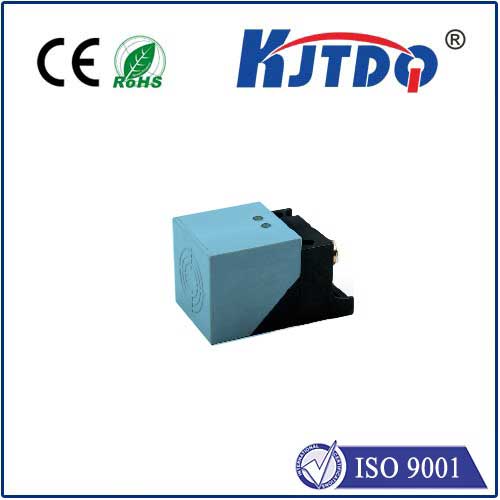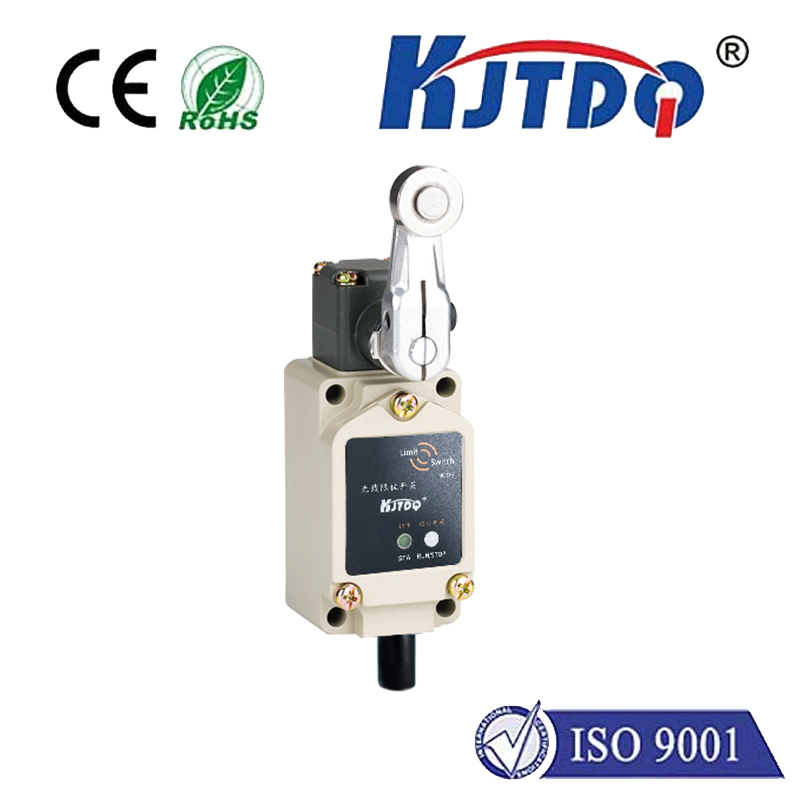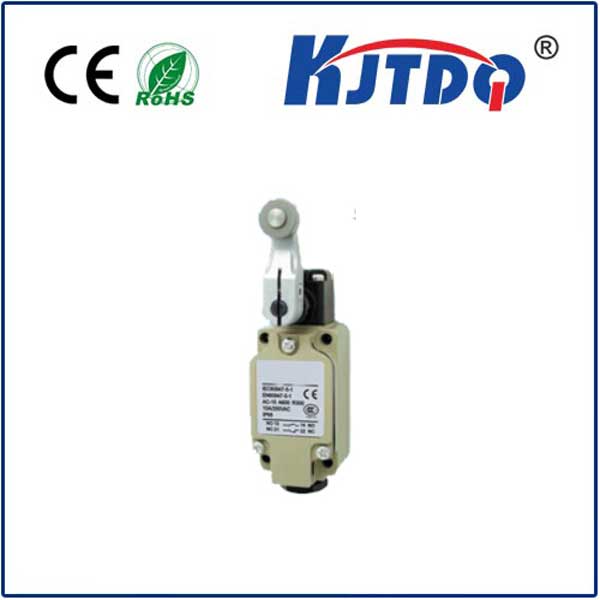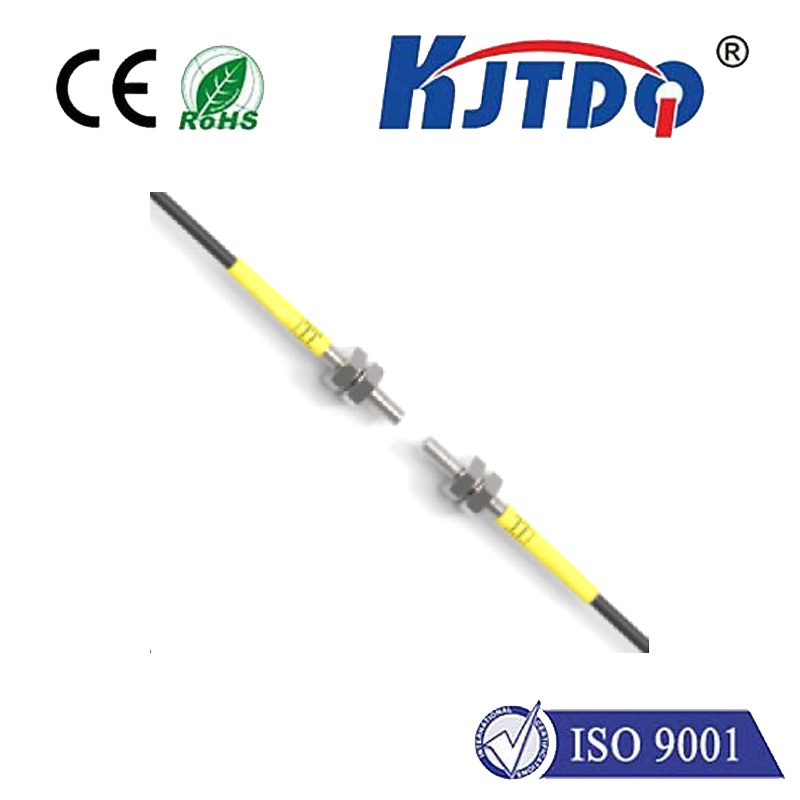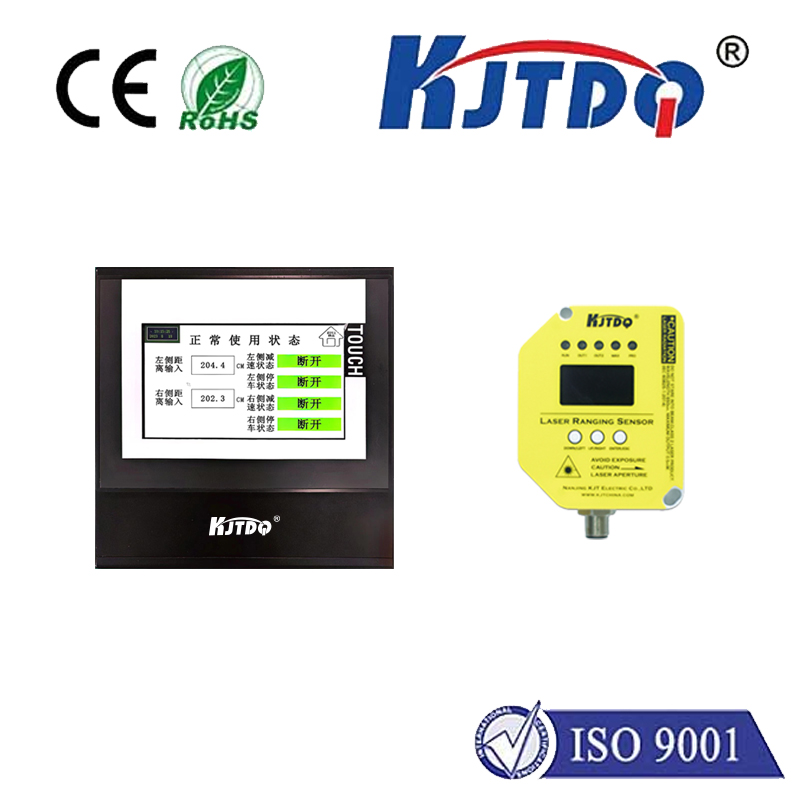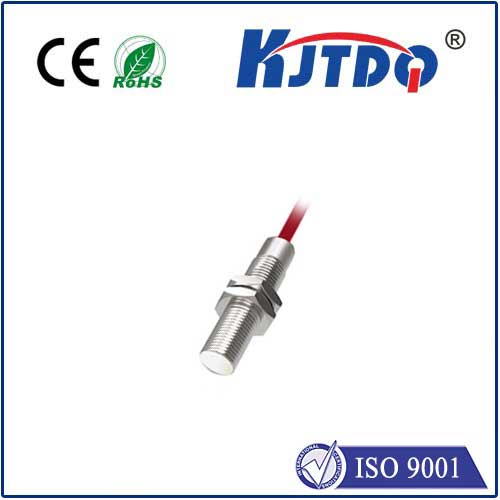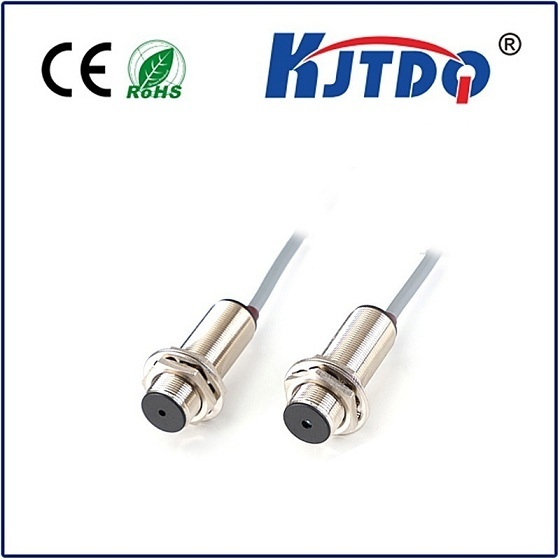small inductive proximity sensor
- time:2025-09-08 13:37:58
- Click:0
Small Inductive Proximity Sensors: The Mighty Miniature Detectives of Modern Automation
Imagine a high-speed production line, components whizzing by. How does the machinery know precisely when a metal part has arrived for processing, or if a robotic arm is in the correct position, without physically touching anything? Often, the unseen hero ensuring this flawless operation is the small inductive proximity sensor. These compact, robust devices are the workhorses of industrial automation, providing reliable, non-contact detection of metallic objects, and their diminutive size belies their immense importance.
What Exactly is a Small Inductive Proximity Sensor?
At its core, an inductive proximity sensor is an electronic device designed to detect the presence or absence of ferrous metals (like iron and steel) or non-ferrous metals (like aluminum, brass, or copper) without any physical contact. The term “small” typically refers to sensors with compact cylindrical housings, often designated by their thread size, such as M5, M8, M12, or M18, with M5 and M8 being the most common “small” form factors. Their defining characteristic is contactless sensing, eliminating mechanical wear and tear and enabling high-speed operation.
The Science Behind the Sensing: An Invisible Tripwire

The magic lies in electromagnetism. Inside the sensor’s face (the sensing area):
- Oscillator Circuit: An internal electronic circuit generates a high-frequency oscillating electromagnetic field that radiates outwards from the active face of the sensor.
- Eddy Currents: When a metallic target enters this electromagnetic field, it induces tiny circulating electrical currents within the metal itself. These are called Eddy Currents.
- Energy Absorption: The creation of these Eddy Currents absorbs energy from the sensor’s oscillating field.
- Amplitude Change & Detection: This energy absorption causes a measurable dampening (reduction in amplitude) of the sensor’s internal oscillation.
- Output Switch: The sensor’s electronics continuously monitor this oscillation amplitude. When the dampening reaches a pre-defined threshold (indicating a metal object is within the sensing range), the sensor triggers its output circuit. This output is typically a solid-state switch (like an NPN or PNP transistor) that changes state (e.g., turns ON or OFF), sending a clear signal to the controlling system (PLC, microcontroller, etc.).
Why Choose Small Inductive Sensors? Key Advantages
Their popularity stems from a compelling set of benefits, especially suited for space-constrained and demanding environments:
- Compact Size (M5, M8, M12): This is their superpower. Small inductive proximity sensors can be installed in locations where larger sensors simply wouldn’t fit – inside tight machinery, on small robotic arms, or on densely packed PCBs.
- Non-Contact Operation: Eliminates mechanical wear on both the sensor and the target, ensuring superior longevity and reliability compared to mechanical limit switches. No physical impact means minimal risk of damage.
- High Switching Frequency: Capable of detecting objects moving at very high speeds – thousands of times per minute – making them ideal for fast-paced assembly lines and packaging machinery.
- Robust Construction: Designed for harsh industrial environments. They are typically housed in materials like nickel-plated brass, stainless steel, or rugged thermoplastics, offering excellent resistance to shock, vibration, dust, dirt, oils, and coolants. Many feature high IP ratings (e.g., IP67, IP69K) signifying strong sealing against solids and liquids.
- Long Service Life: With no moving parts to wear out and robust construction, they offer exceptional operational lifespan and minimal maintenance requirements.
- Insensitive to Surface Conditions: They reliably detect metals regardless of surface conditions like dust, paint (unless metallic-based), rust, or grime (within reason), unaffected by ambient light or most non-metallic objects.
- Cost-Effective: Offering high performance and reliability at a relatively low cost per unit, they provide excellent value.
Where Do These Miniature Detectives Shine? Applications Galore
The versatility of small inductive sensors makes them ubiquitous across numerous sectors:
- Factory Automation: Position detection of cylinders, end-of-stroke verification, part presence/absence on conveyors, counting metal parts, checking for open/closed positions, tool breakage detection on CNC machines.
- Robotics: Precise end-effector positioning, verifying gripper closure, detecting proximity to metal workpieces or fixtures on compact robotic arms.
- Material Handling: Monitoring conveyor lines (detecting jams, counting packages with metal components), controlling sorting gates based on metal detection.
- Packaging Machinery: Detecting metallic components on packaging lines (e.g., cans, foil lids, clips), controlling filling levels based on container position.
- Automotive Manufacturing: Endless applications in engine assembly, chassis building, welding stations, and paint lines for position feedback and presence sensing.
- Food & Beverage (Selective Use): Detecting metal cans, foil seals, or stainless steel machine components where hygiene is paramount (using specific food-grade housing materials and designs).
- Machine Tools: Tool positioning, chuck open/close detection, coolant flow monitoring using metallic floats.
- Building Automation: Position feedback on doors, elevators, or security gates.
Key Considerations When Selecting Small Inductive Sensors
Choosing the right sensor involves matching its specifications to the application:
- Size (Thread Diameter): M5 sensors (5mm diameter) are incredibly tiny, ideal for the most space-critical spots. M8 sensors (8mm) offer a slightly longer sensing range than M5 while still being very compact. M12 sensors provide even greater range and robustness but are larger.
- Sensing Range (Sn): This is the nominal distance at which the sensor can reliably detect a standard target. Small sensors have shorter ranges than larger ones (e.g., M5: 0.5-1.5mm, M8: 1-2mm, M12: 2-4mm are common). Always refer to datasheet specifications.
- Target Material: Standard sensors are optimized for ferrous metals (iron, steel). Detect non-ferrous metals like aluminum or copper requires sensors specifically designed for this, often offering reduced sensing ranges. Ensure the sensor is rated for your target.
- Output Type: NPN (sinking) or PNP (sourcing) transistor outputs are standard. Choose based on your controller’s input requirements (NPN common in Asia/USA, PNP common in Europe). 3-wire (power, ground, signal) is standard. Some offer analog (current or voltage) outputs for distance measurement.
- Connection Style: Cable exit (fixed or flexible cable), axial or radial, or connector variants (like M8 or M12 quick-disconnect).
- Flush Mountability (Shielded) vs. Non-Flush (Unshielded): Shielded






